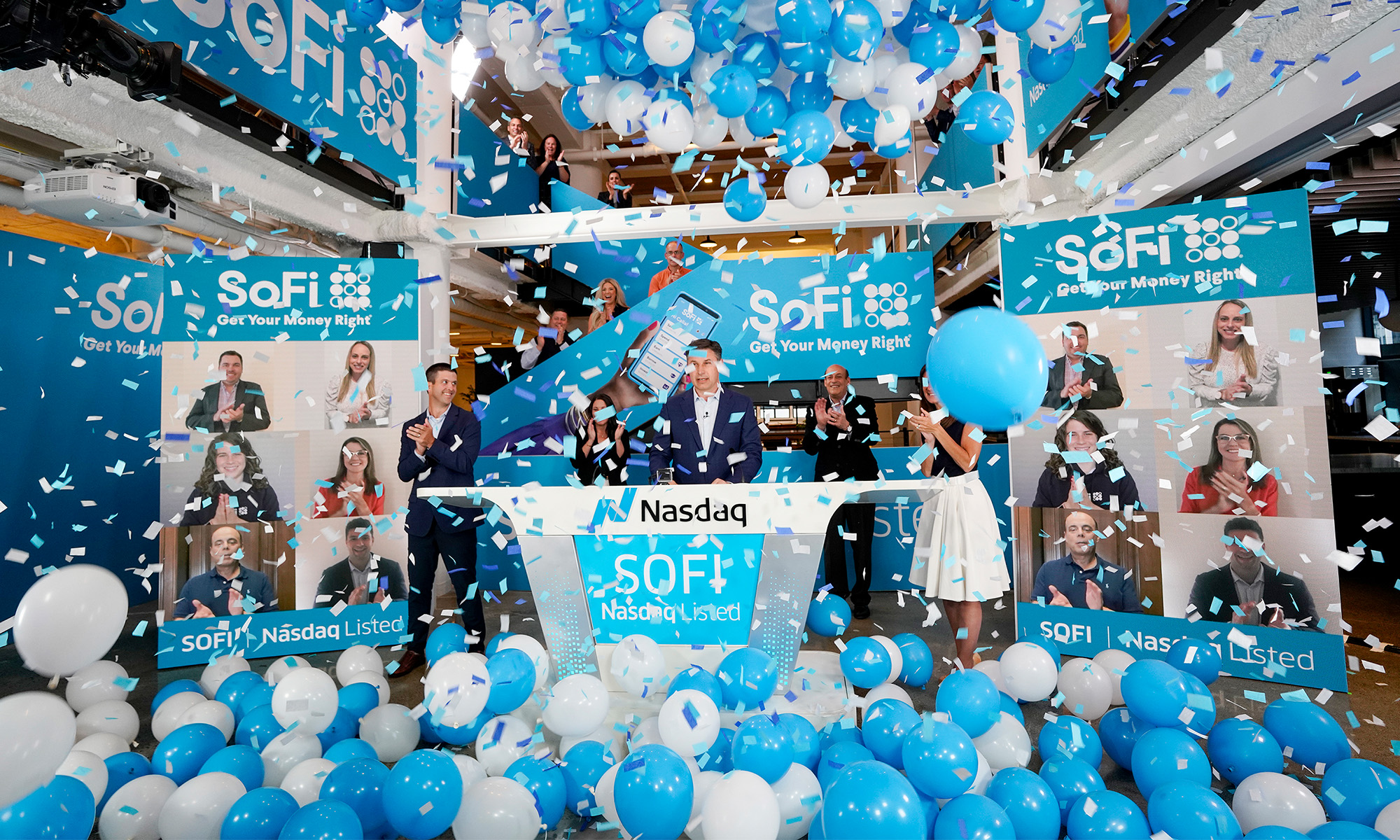Should You Buy Palantir Before Nov. 3?

If you’ve got a seat at the Palantir table, congratulations. You’re enjoying the ride. If you haven’t bought in yet, though, you might want to mark a certain date on your calendar – Nov. 3. A date that could either send Palantir’s stock soaring or crash it into oblivion. Should you pile in now or wait for the inevitable freakshow to unfold? Let’s take a deep breath and find out.








